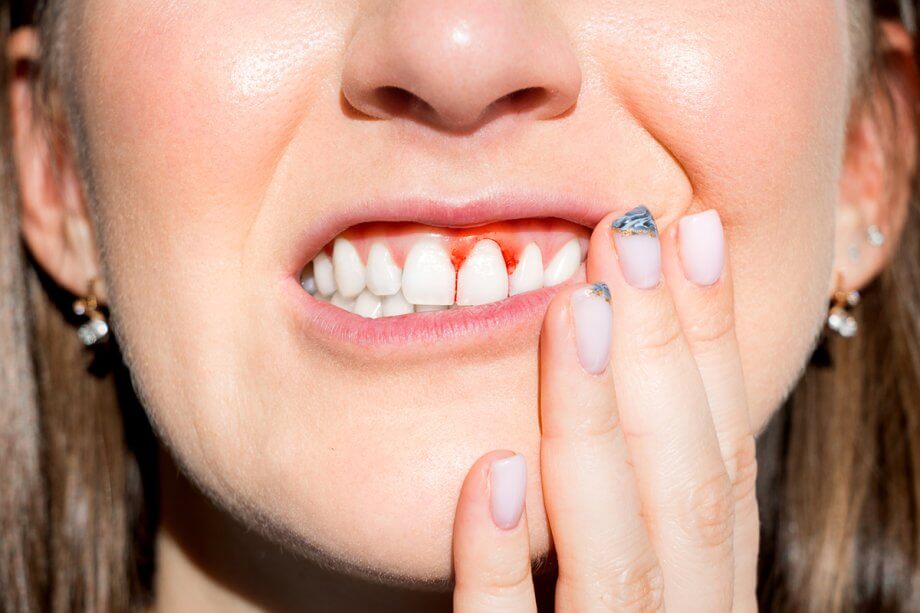Good oral hygiene is the foundation of good dental health. You know that you should brush your teeth twice a day, floss daily, and see your dentist every six months to prevent tooth decay and gum disease. But do you?
Gum disease is caused by a buildup of plaque on the teeth. You may not be aware of the symptoms, but gum disease left untreated can lead to tooth loss and other serious health problems.
Read on to learn more about gum disease symptoms, prevention, and treatment.
What is Gum Disease?
The two common types of gum disease are:
- Gingivitis: The milder form of gum disease in which the gums become inflamed.
- Periodontitis: The more severe condition in which the bones and tissue that support the teeth begin to deteriorate.
Symptoms of Gum Disease
Plaque and bacteria can build up on your teeth over time and lead to gum disease, which causes inflammation of the tissue that supports your teeth. However, gum disease is treatable—especially if caught early.
Symptoms of gum disease include:
- Red, swollen and tender gums.
- Persistent bad breath or a bad taste in your mouth.
- Bleeding when you brush your teeth.
- Pale or shiny gums.
- Sensitivity to hot or cold foods and beverages.
- Pus-like discharge below the gum line.
- Gums pulling away or receding from the teeth.
The first noticeable symptom of gum disease is often sore or bleeding gums. Different issues can cause this, but you should see your dentist to determine the cause.
How to Prevent Gum Disease
To help prevent gum disease, consistently practice good oral hygiene.
Brush for two minutes twice a day with a soft-bristled brush. Some experts recommend brushing your tongue as well as your teeth. Floss once a day. After brushing or flossing, use an antimicrobial mouthwash to kill the remaining bacteria and wash away plaque.
Visit your dentist every six months for professional cleanings and oral examination.
Maintain good overall health by staying active, eating a nutritious, balanced diet that limits sugar intake, and getting enough sleep.
How Dentists Treat Gum Disease
For mild to moderate gingivitis, your dentist may suggest a home care program that includes brushing and flossing as well as rinsing with an antibacterial mouthwash twice a day. Your dentist may also recommend using an antibacterial gel after meals to reduce plaque buildup.
For more severe cases of gum disease, your dentist may prescribe periodontal therapy.
Periodontal therapy may include:
- Scaling: An instrument is used to remove tartar (hardened plaque) from the teeth and gums.
- Root planing: A rough-edged instrument is used to smooth out the root surface of the teeth.
- Antibiotic therapy: Antibiotics may be prescribed in some cases.
- Laser therapy: Laser therapy can reduce inflammation in areas affected by periodontitis.
- Surgery: Surgery may be recommended to remove unhealthy tissue from around the teeth in severe cases.
Learn More About Gum Disease
Gum disease is preventable with good, consistent oral hygiene practices along with routine exams and cleanings. Early detection and treatment are essential.
If you think you might have gum disease and would like to set up a consultation at San Francisco Dental Wellness, contact us today at 415-781-1944. Dr. Phillip Nam is our in-house periodontist and looks forward to helping with your dental care.

